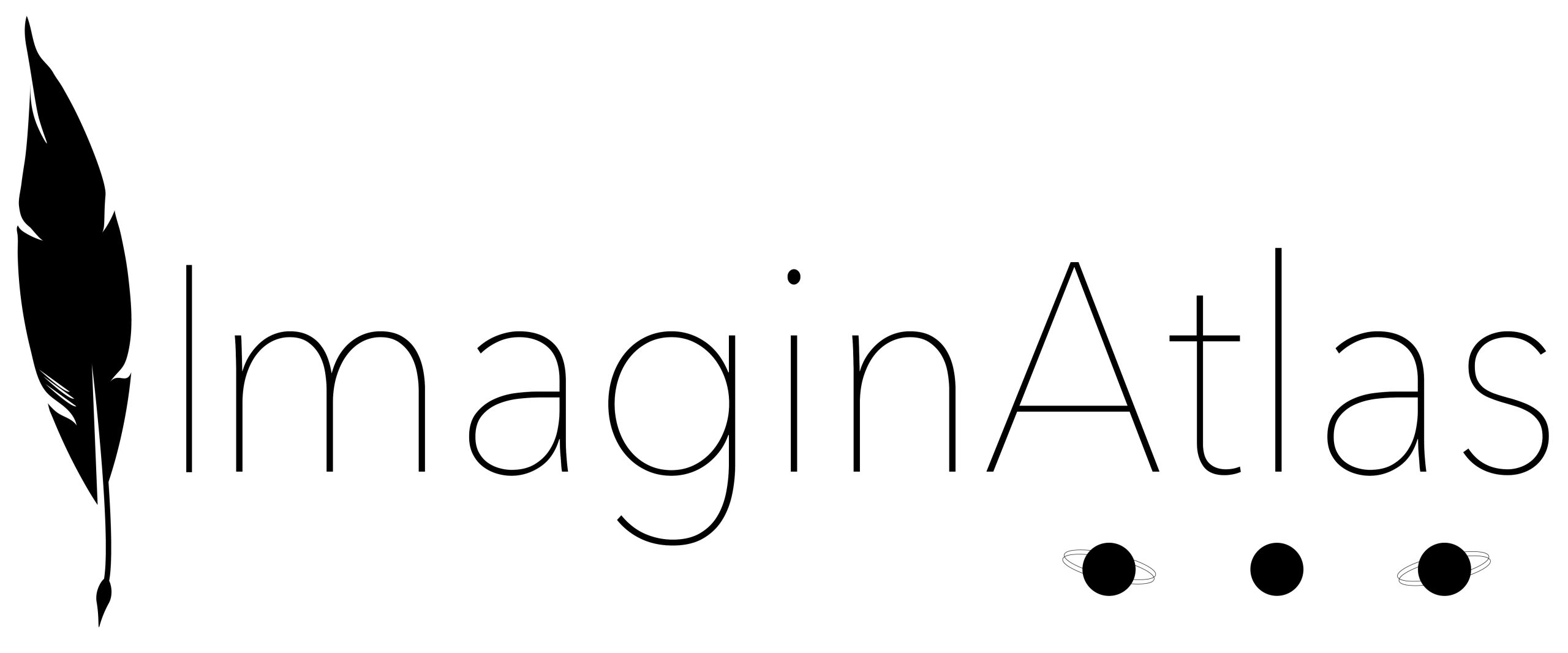After several years of anticipation, the sequel to Su J. Sokol’s Cycling to Asylum (which has received a new edition under the title Invisible Lines) is finally here. As someone who absolutely adored the first book and its French translation, I was thrilled to receive a copy of Five Points on an Invisible Line. This hopepunk novel set in near-future Canada offers a powerful tale of resistance and survival that compellingly takes up sci-fi’s mandate to examine present issues through the future and offers an intriguing portrayal of how revolutionaries must contend with new (and more powerful than ever) surveillance states.

Five Points resumes where we left off, three years after the end of the first book. Janie, her husband Laek, and their children Siri and Simon have all settled in Montreal quite nicely after escaping the United States’ tyrannical regime. Their apartment is located in a coop full of fellow immigrants and asylum seekers, and between Janie’s work as an immigration lawyer and Laek’s teaching at a school for vulnerable youth, they have made some fast friends. At 15, Siri is beginning to show an interest in branching out into political activism on her own terms, while 12-year-old Simon is exploring the arts.
They are also in for a special treat: after sorrowfully parting ways in the last book, Philip, Laek’s best friend and lover, finally makes his way up from New York to spend a few months in Montreal on a study abroad program. Unfortunately, their reunion takes a dark turn when a bomb detonates in the airport upon Philip’s arrival. Laek, who has been in danger since the first book due to his past with a terrorist organization fighting against the US government and his current protesting on behalf of his students, is paranoid. Philip has a few secrets of his own about his recent actions while fighting fascism, and so does Janie, who gets herself detained by border control to allow a climate activist to escape deportation. The technology revolutionaries use to carry out disruptive actions has evolved alongside that of their oppressors, with some of it feeling like spy gear straight out of a Bond film.
From there, the conflict of the story unravels: on a broad scale, Sokol focuses on depicting conflict between antifascist movements and right-wing protesters, with authoritarian agents running a migrant detention centre on the US-Canada border looming over everything. On a personal level, Philip and Laek have both been keeping secrets from each other, and Philip, Laek, and Janie have to figure out how to navigate the new structure of their relationship and personal ideological differences.
As in the first book, the characters are the compelling core of this story. Like all good hopepunk, Five Points’ hope stems from individuals coming together to fight for a better future. Their supportive relationships—be they romantic, platonic, or familial—are all incredibly touching and realistic, and it’s easy to fall in love with the characters. Janie and Philip’s bond and open communication served as the perfect counterpoint to Philip and Laek’s difficulties, and while their shared love for Laek brings them closer, their relationship develops well on its own terms.
I also appreciate how unapologetically queer Sokol’s work is. On top of a polyamorous relationship being an important focus in the book, a wide range of sexualities and gender expressions is fully accepted by the antifascist activists. Gender neutral pronouns—from they/them to neopronouns such as xe/xer—are employed throughout to refer to characters whose gender is not immediately known. While there are still struggles against homophobia and transphobia, such as a young secondary character being disowned for being trans, it’s clear that Sokol’s antifascist activism includes 2SLGBTQ+ advocacy.
The technology in Five Points is firmly grounded in reality, from the grey boxes and encrypted communication methods employed by Siri’s youth antifascist group to Laek’s hacking abilities. I particularly appreciated Sokol’s incorporation of artificial intelligence. AI is not generative, but rather serves as a companion to human ideas and creativity, and is never used as a substitute for research. It’s also clear that while AI and “chips”—a combination of ID and credit card embedded into one’s wrist—are used by the state for surveillance, technology is not evil. It is merely a tool that can be equally used for social benefit in the right hands.
The book also takes time to celebrate and appreciate lower-tech objects. As in Invisible Lines, the focus on cycling and transportation continues, with cycling being the main mode of transportation for everyone in the principal cast. The emphasis on Montreal’s accessibility and the necessity of maintaining safe roads for everyone is well-placed in a book full of strong social messages.

However, I was pleasantly surprised to discover the prominent ecological concerns of this book. More than a focus on renewable energy, Sokol tackles climate change, species extinction, and how other technologies interfere with local wildlife. Given the current looming threat of climate change, this section feels too real to be speculative. Nature and green spaces are important to the characters, especially Simon, and Sokol emphasizes the political necessity of fighting for environmental and humanitarian causes at the same time. In times when ecofascist ideas—such as climate change being a sign that humanity must be purged—are becoming more popular, it is refreshing to see an author so deftly intertwine environmental and antifascist movements. Although people’s focuses may differ, all are fighting to save lives, and I wholeheartedly agree that the path to a better future requires a joint effort to maintain a hospitable world where people are part of larger ecosystems.
Sokol expertly portrays the reality of working in a coalition. Between Siri joining her first youth political movement and her parents’ work, there are moments of conflict, and they aren’t always working with people whose philosophies they agree with. However, at the end of the day, the leftist collectives in this book still come together for protests and do their best to have each other’s backs. Any issues are handled behind closed doors to present a strong, united front. While they may not be able to take down the government or even a citizen-driven right-wing movement, they are able to make their voices heard through collective action, and the discussion of different tactics used is helpful for people who want to do the same in real life.
Five Points on an Invisible Line is a sequel that more than lives up to the hype. I am still in awe of Sokol’s ability to juggle so many balls without dropping a single one. Ultimately, the message of both installments in this series is the same: through the struggles and grit, there is always hope. There will always be people who can give you hope when all is lost. You just need to find them.

